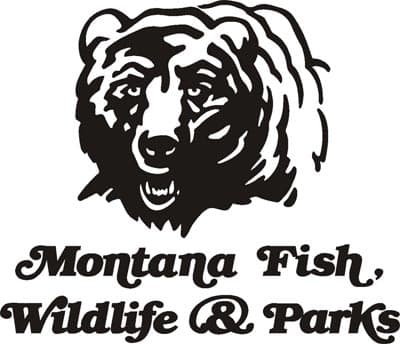Fall Season Means More Wildlife on Montana Roadways
Montana Fish, Wildlife & Parks 10.23.12

Changing wildlife movement patterns, combined with less daylight during popular commute times, increases the risk of wildlife collisions during the fall season, and Montana Fish, Wildlife & Parks is reminding motorists to exercise extra caution.
“We have more animals moving around and decreased visibility during key drive times, so right now is the time to be extra alert for wildlife on our roads,” says Mike Thompson, FWP Region 2 Wildlife Manager.
Thompson says that it is a combination of cooler weather, mating season and hunting pressure in the fall that alters wildlife movement and prompts more activity in the valleys near roadways.
FWP points to four examples of spots where vehicle and wildlife movements have intersected recently. These include elk and deer crossing Highway 93 between Lolo and Florence, elk crossing I-90 in the Jens area east of Drummond, and bighorn sheep on the shoulders of Highway 200 between Plains and Thompson Falls and just outside of Bonner.
Twelve elk have been hit by vehicles on the stretch of road south of Lolo since December of last year. Thompson says this spot is particularly attractive to animals looking for a passageway between timbered mountainous areas and fields west of Highway 93 and the water and vegetation along the river, east of the highway.
“Traffic is heavy with commuters on this stretch of roadway at dawn and dusk when animals are moving between bedding sites and feeding areas,” Thompson says. “Even if the lighted roadside warning signs go away, this is an area where motorists should use extra caution.”
Wildlife collisions can happen anywhere, so the ability to detect wildlife when you are behind the wheel is an essential skill for driving on any Montana roadway, particularly during October and November.
What can a driver do to be safe and spare wildlife?
FWP emphasizes making a conscious effort to scan for wildlife on the road, in the ditch, and on the shoulders of the road continuously. If you see an animal, slow down and prepare for it to dart in front of you. Use your brakes and not your steering wheel.
Here are some other wildlife-oriented driving tips:
- Be especially watchful from dusk to dawn when animals are most active. Avoid driving on cruise control during these hours and lower your speed.
- Use extra caution near posted wildlife crossings. These areas are traditional places that wildlife may cross roads to reach food, water and shelter. Be alert and slow your speed for the next couple of miles.
- Be aware that deer and elk rarely travel alone. When one crosses the road, prepare to avoid others that may follow.
- Watch for wildlife at night as well as dawn and dusk as you travel along all roadways, particularly along rural roads.
If you do hit a deer, elk or other big game animal, remember that it is against the law to possess or transport the animal, or any portion of it, including the antlers.
For help, and to report the collision, call the city police, county sheriff, or the Montana Highway Patrol, depending on where the accident occurs.

